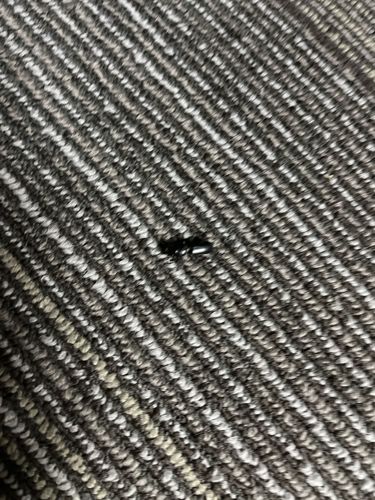Ant
Scientific Name: Formicidae
Order & Family: Hymenoptera, Formicidae
Size: 2 mm to 25 mm (0.08 to 1 inch), depending on the species.

Natural Habitat
Widely distributed, found in almost all terrestrial habitats, including forests, deserts, urban areas, and human dwellings. They typically build nests in soil, wood, or other structures.
Diet & Feeding
Highly varied and depends on the species. Many are omnivores, feeding on nectar, seeds, fungi, other insects, and household food scraps. Some are specialized predators or herbivores.
Behavior Patterns
Ants are social insects that live in colonies, which can range from a few dozen individuals to millions. They exhibit complex social behaviors including division of labor (queens, workers, soldiers, drones), communication through pheromones, and coordinated foraging. They are known for their strong work ethic and ability to organize and solve problems collectively. Many species establish trails to locate and transport food.
Risks & Benefits
Risks include property damage (some species like carpenter ants can tunnel through wood), contamination of food, and painful stings or bites from certain species. Benefits include pest control (predating on other insects), soil aeration and nutrient cycling, and seed dispersal.
Identified on: 9/25/2025